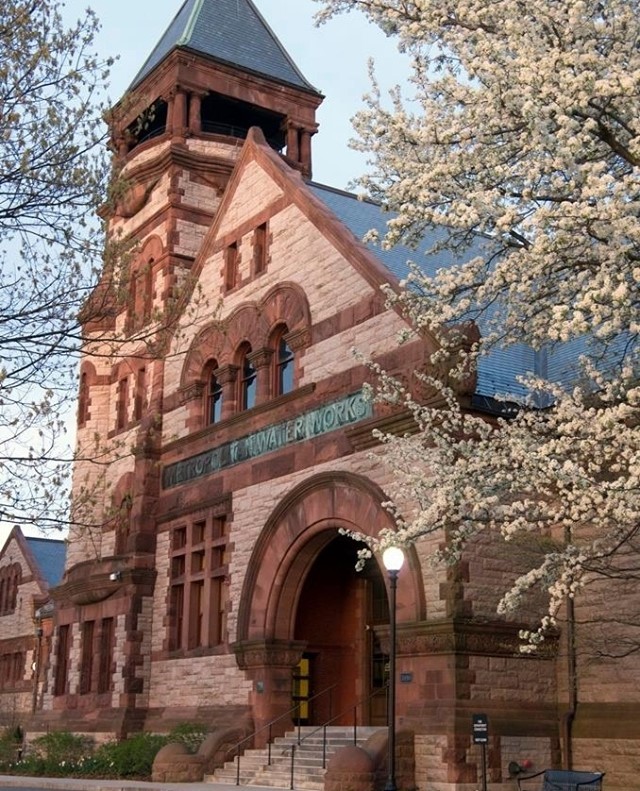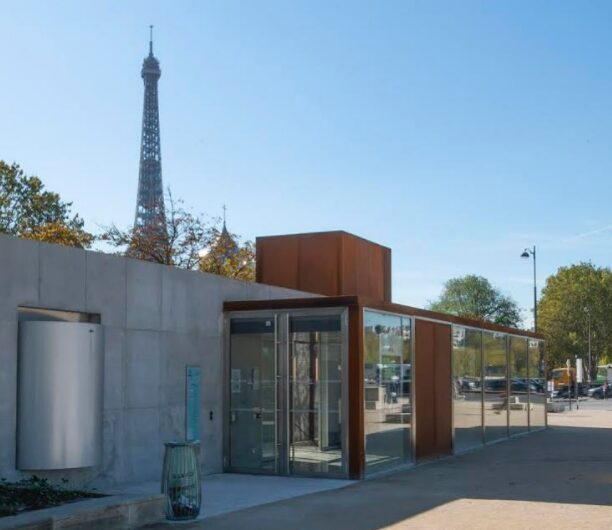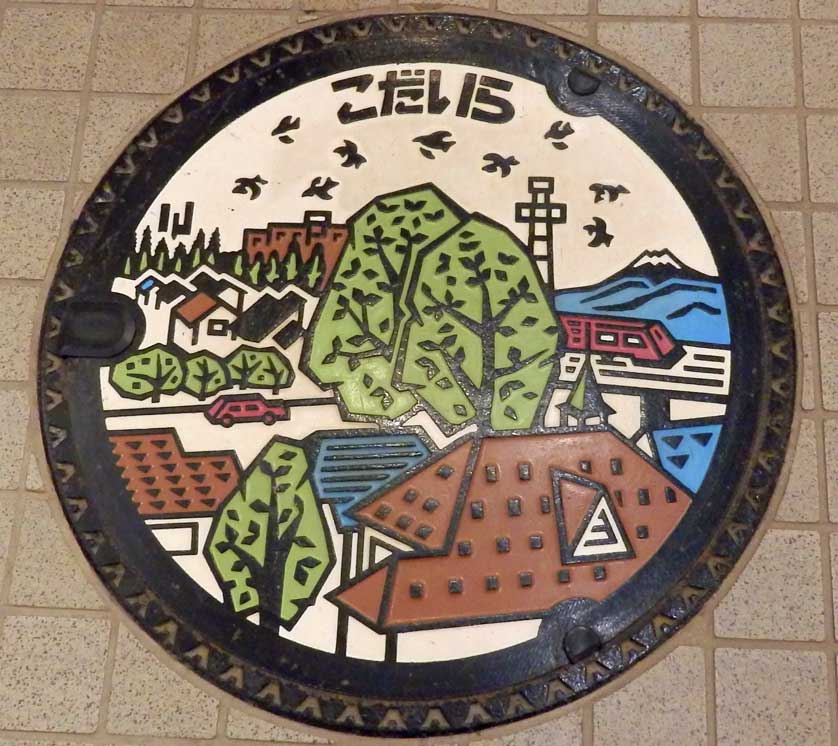From sewer museums in Europe to plumbing museums in Massachusetts and more, these water trade and industry collections are a worthwhile stop on your vacation here and abroad. At these national and international destination museums, you can learn about the wonders of waterworks, sewerage systems, plumbing operators and more.

Waterworks Museum – Massachusetts
Located in Boston, Mass., the Metropolitan Waterworks Museum is located within the former Chestnut Hill High-Service Pumping Station (erected 1872) and tells the stories of one of the first metropolitan water systems in the U.S. Highlights include the Great Engines Hall containing three original steam engines that stand over three stories tall and the Overlook Gallery featuring current exhibits on topics like the Great Fire of Boston in 1872.
Fairmount Water Works – Pennsylvania
Opening in 1815 and decommissioned almost a century later, the Fairmount Water Works once served as the sole water pumping station for the City of Philadelphia and was one of the nation’s first successful municipal water supply systems. In 2003, it was converted to a museum and environmental center that includes a water lab, mussel hatchery, historic displays, art installations and STEM exhibits. The property is a National Historic Landmark, a Civil Engineering Landmark and a National Mechanical Engineering Landmark.
Shreveport water works museum – Louisiana
Both a National Historic Landmark and a National Historic Civil Engineering Landmark, the McNeill Pumping Station (constructed in 1887) is home to the Shreveport Water Works Museum. This plant is believed to be the last operating steam-powered municipal system in America until its engines were retired in 1980. The physical plant remains in place and is a rare example of an intact steam waterworks facility.
Palace of Running Waters – Argentina
The Palacio de Aguas Corrientes, or Palace of Running Waters, is an iconic building with beautiful architecture that was built in the mid 1800s to serve Buenos Aires, Argentina. Today, the building serves as an administrative center for the city water company, but it also has a small, quirky water museum containing a collection of faucets, toilets, bidets and pipes. Guided tours of the building’s inner workings are also available by appointment.

Paris Sewers Museum – France
A must-see on this list is the Paris Sewers Museum, or Musée des Égouts de Paris. In this city under the city, visitors tour Parisian sewers as they learn about historical evolution, industrial achievements, environmental advancements and evolution of the trade. The museum houses sewer maintenance equipment from past and present, exhibits about the history and design of the sewer network and even a connection to the tunnels described in Victor Hugo’s novel Les Miserables.
Sewer Museum – Belgium
At the Sewer Museum in Brussels, Belgium, visitors immerse themselves in exhibits on daily water management, the construction and reconstruction of sewers, the profession of a sewage worker and the urban legends of the sewers. There’s also an opportunity to stroll along the banks of the River Senne and enter a real sewer: the collector sewer of the Chaussée de Mons.
Weald & Downland Living Museum – England
The Weald & Downland Living Museum is a 40-acre open-air museum in Singleton, West Sussex that showcases 50 traditional buildings representing a 1,000-year period. The property includes a Plumbers’ Workshop, dating from the early 1800s, complete with a large collection of historic leadworking and plumbing tools. There’s also a small grouping of some very rare sanitary artifacts like earth closets and water closets. Bonus: Visitors can tour the set of BBC’s The Repair Shop series, which is filmed in the Museum’s Court Barn.
Waterworks Museum – South Africa
Located in a small building at Table Mountain National Park near Cape Town, the Waterworks Museum showcases some of the machinery used to build the area’s dams in the 1800s and 1900s. One example includes a locomotive made in Scotland in the late 1800s, which was dismantled and reconstructed on top of the mountain. There is a beautiful hiking trail on the site to the nearby Hely-Hutchinson Reservoir.

Sewerage Museum – Japan
Called Fureai Gesuidokan by locals and known in English as the Kodaira Sewerage Center, the Sewerage Museum in Kodaira City, Tokyo is full of quirky collections. Among the best-known exhibit across the five floors is a sculpture of a person on a toilet reading a newspaper. Most exhibits are explained in Japanese, but the museum has plenty of visual materials to make it a worthwhile stop for non-Japanese speakers, including a visit to an underground sewerage canal. Across Japan’s metropolitan areas, a popular activity for tourists is photographing the manhole covers which generally feature imagery reflecting local pride.
SCIENCEWORKS – Australia
The Spotswood Pumping Station was built in the 1890s, with architecture that looks more like a French castle than an industrial center, as a key component of sanitation in Melbourne, Australia. It remained in operation for 68 years before the Museum of Victoria took over the site to develop ScienceWorks as an interactive science and technology center in 1989. The pumping station exhibits continue to help tell the story of one of Australia’s most important industrial heritage sites. Fun fact: The grounds have been a backdrop for movies and television, most notably appearing in the iconic 1979 film Mad Max.
Before visiting any of these destinations, check directly with the museum or local tourism office to verify visiting hours and whether they remain open to the public. And watch for additional museums and fun places to visit in the Culture & Society section of our blog!
Article written by Amy Steger






